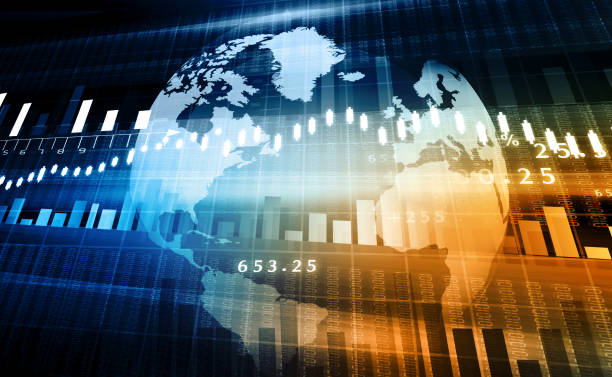Economic activity lies at the heart of modern societies, serving as the engine that propels growth, development, and the standard of living. It encompasses a broad spectrum of actions, transactions, and processes that revolve around the production, distribution, and consumption of goods and services. This article delves into the intricacies of economic activity, exploring its various facets and the pivotal role it plays in shaping the world around us.
Defining Economic Activity: Beyond Transactions
At its core, economic activity encompasses all human actions that involve the exchange of value, whether tangible or intangible. It goes far beyond mere monetary transactions, encapsulating the multifaceted interactions that take place within a society’s ecosystem. From the production of goods in factories to the provision of services by professionals, every step of this intricate dance contributes to the intricate web of vitality.
The Pillars of Economic Activity: Production, Distribution, and Consumption
Economic activity rests upon three fundamental pillars: production, distribution, and consumption.
Production: The creation of goods and services forms the bedrock of activity. This ranges from manufacturing automobiles to baking bread, and from coding software to providing healthcare services. Production involves the coordination of resources, labor, and technology to transform inputs into outputs that hold value.
Distribution: Once produced, goods and services need to reach the hands of those who need or desire them. Distribution involves processes such as transportation, logistics, and supply chain management. An efficient distribution network ensures that products can move from producers to consumers seamlessly.
Consumption: The ultimate goal of economic activity is consumption – the utilization of goods and services to satisfy human needs and wants. This is the driving force behind production and distribution. As consumers make choices about what to buy and how much to spend, they shape market trends and influence the allocation of resources.
Measuring Economic Activity: Indicators and Metrics
To gauge the health and trajectory of an economy, economists and policymakers rely on a range of indicators and metrics that capture various dimensions of economic activity. Some of the most prominent ones include:
Gross Domestic Product (GDP): This is perhaps the most widely used indicator, representing the total value of all goods and services produced within a country’s borders over a specific time period. It provides an overarching snapshot of activity.
Unemployment Rate: This metric reveals the percentage of the labor force that is currently unemployed and seeking employment. It sheds light on the availability of jobs and the overall health of the job market.
Consumer Price Index (CPI): This index measures the average change in prices paid by consumers for a basket of goods and services. It indicates the level of inflation or deflation and helps policymakers manage price stability.
Industrial Production Index: This gauge reflects the output of the industrial sector, indicating the volume of manufacturing, mining, and utility activities. It offers insights into the production side of economic activity.
The Global Landscape: Economic Activity on a Grand Scale
Economic activity is not confined within national boundaries; it extends across the globe in an interconnected manner. International trade, investment, and financial flows link economies and influence the prosperity of nations. The rise of globalization has amplified the significance of economic diplomacy and cooperation, as nations collaborate to ensure mutual growth and stability.
Challenges and Opportunities: Navigating the Complexities
While economic activity drives progress, it also presents challenges that societies must navigate. Issues like income inequality, environmental degradation, and technological disruptions warrant attention. Striking a balance between growth and sustainability, fostering inclusive development, and adapting to technological advancements are imperative for harnessing the potential of activity.
Conclusion: The Ever-Evolving Symphony of Exchange
Economic activity is the symphony of human exchange, resonating across industries, sectors, and continents. It shapes the world we live in, determining our access to resources, our standards of living, and the prospects for future generations. By understanding its nuances and intricacies, societies can chart a course toward prosperity that harmonizes with the needs of both people and the planet.








